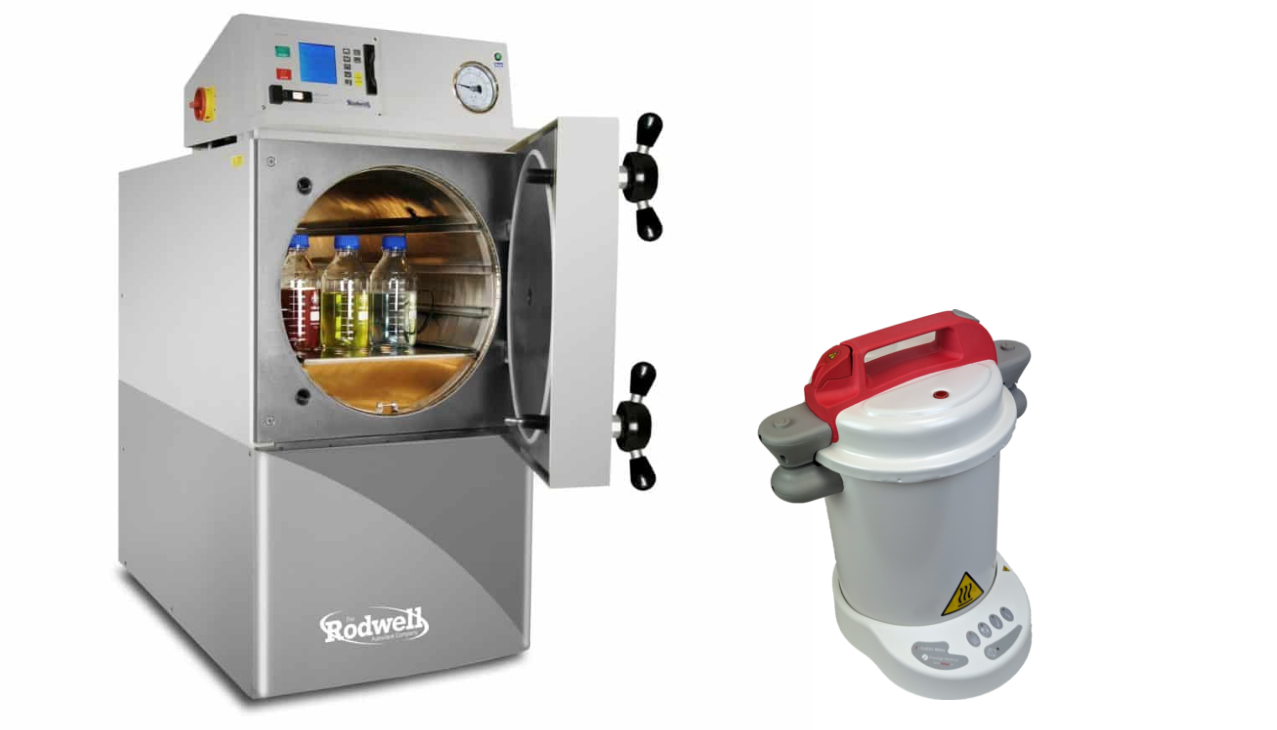
Autoclaving Tips in Line with Sustainability
Sustainable Autoclave Maintenance: Eco-Friendly Practices
Wolflabs is committed to halve carbon emissions by 2030, and as many other companies look at ways they can be more sustainable, we have three tips on how to run your autoclave more sustainably.
Autoclaves are indispensable in laboratories, clinics, and research facilities, ensuring the sterilisation of equipment and materials. Proper care and maintenance not only guarantee their efficiency and longevity but also play a pivotal role in environmental sustainability. By adopting eco-friendly practices, facilities can reduce energy consumption, water usage, and waste, aligning with broader sustainability goals.
The Environmental Impact of Autoclaves
Autoclaves consume significant amounts of energy and water. Inefficient operation can lead to unnecessary resource use and increased operational costs. For instance, systems that drain and replace water after every cycle require reheating from cold, consuming more energy. Understanding and mitigating these impacts are crucial for sustainable operations.
Daily Maintenance for Sustainability
- Monitor Cycles: Ensure that all indicators and information displayed are as expected. Any errors should be addressed promptly to prevent resource wastage.
- Inspect Door Gasket: With the autoclave switched off and the door open, check the gasket and mating surfaces for debris, damage, or corrosion. Clean as necessary to maintain an effective seal, preventing energy loss.
- Check Water Quality: Use distilled water to prevent mineral buildup, which can impair efficiency and require more frequent maintenance.
Weekly and Monthly Eco-Friendly Practices
- Clean Water Level Probe: Regularly inspect and clean the water level probe to avoid deposit buildup, ensuring efficient operation.
- Internal Chamber Cleaning: Clean the chamber weekly to prevent contaminants from affecting performance. Use non-abrasive cleaners to avoid damaging components.
- Monitor Temperature and Pressure: During cycles, check that gauge pressure aligns with displayed pressure to ensure optimal performance.
Sustainable Autoclaving Tips
WolfLabs offers additional insights into sustainable autoclaving practices:
- Avoid Plastic Discard Boxes: Plastic discard boxes insulate loads, making the autoclave work harder and consume more energy.
- Leave Autoclave Bags Open: Sealing autoclave bags traps air, leading to uneven sterilisation and potential cycle failures.
- Use Biological Indicators: Instead of relying on extended cycles, use biological indicators to determine the effectiveness of shorter cycles, potentially reducing cycle times by up to 50%.
Choosing Energy-Efficient Autoclaves
Selecting autoclaves with energy-saving features can significantly reduce environmental impact. For example, models that utilise site steam supply or have efficient heating methods consume less power. Additionally, systems with water recirculation can minimise water usage.
Conclusion
Implementing sustainable practices in autoclave maintenance not only ensures compliance and efficiency but also contributes to environmental conservation. Regular maintenance, mindful operation, and choosing energy-efficient models are key steps towards greener sterilisation processes.
Click Here for energy saving tips on other product categories
